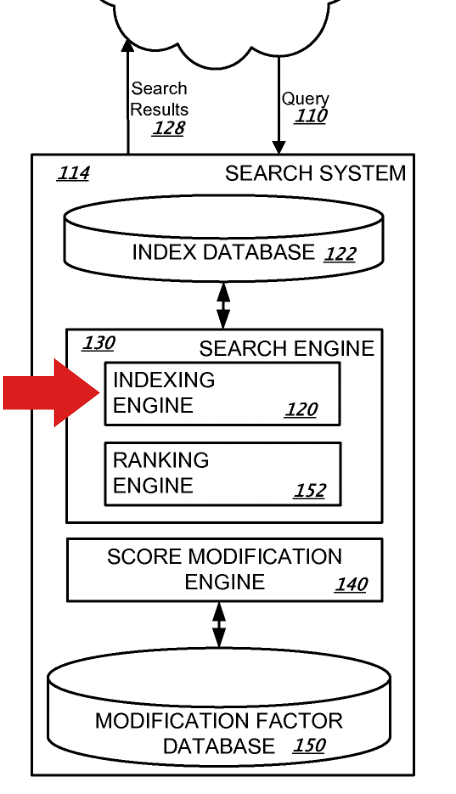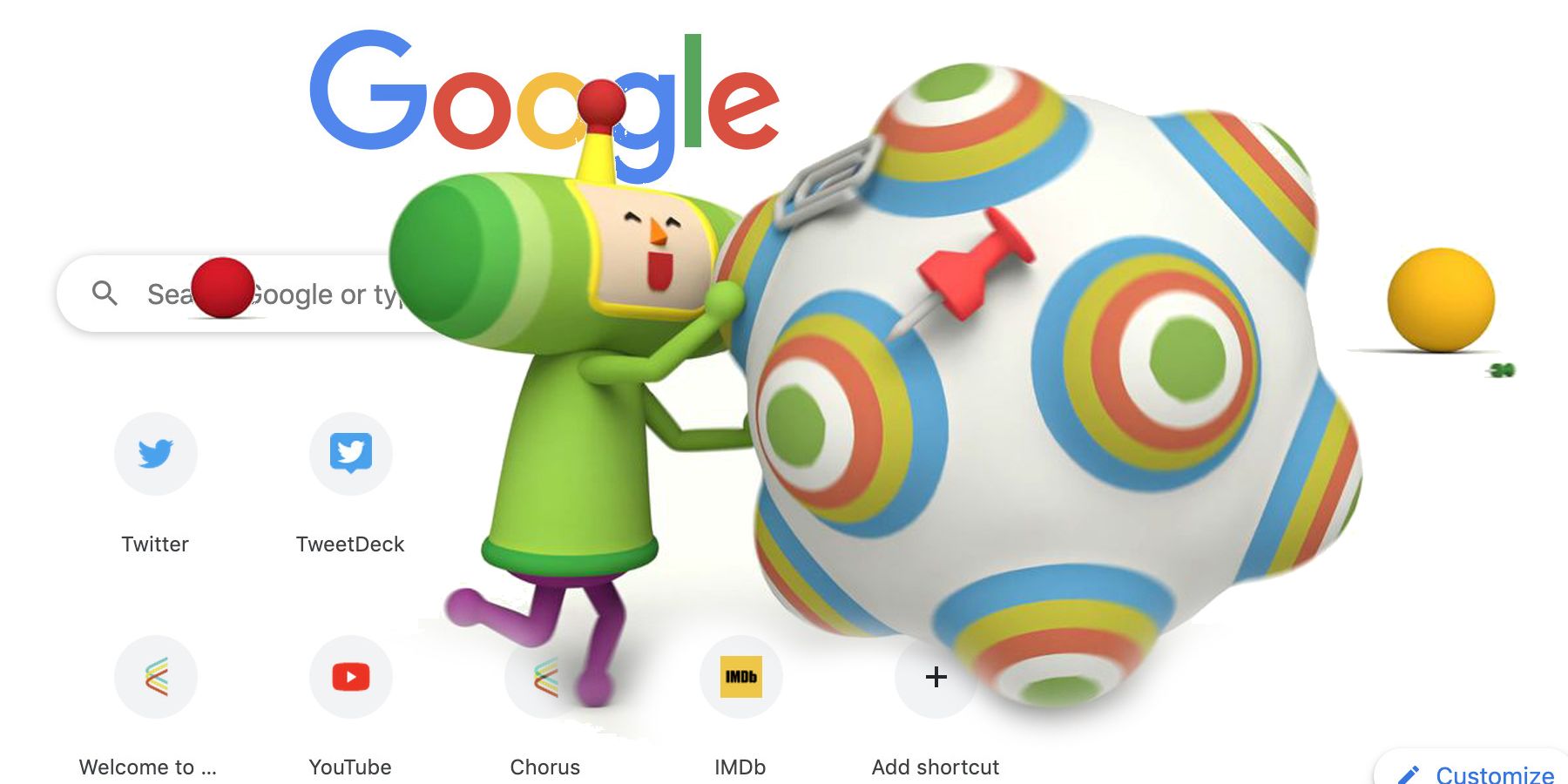
Understanding Google's Index Selection Process in Core Updates

Delve into Google's Gary Illyes' insights on the intricate process of index selection and canonicalization during core updates
Google’s Gary Illyes recently provided insights on how canonicalization, indexing, and core algorithm updates interact with each other while operating independently.
During a discussion, search marketer David Minchala raised a question about the speed of Google’s canonicalization processes during core algorithm updates. The answer shed light on the inner workings of these backend processes.
David’s question used the word “posit” which means to put an idea or statement forward for consideration as a possible fact.
This is the question:
"During core algorithm updates, indexing services such as canonicalization may still function but at a slower pace, possibly significantly slower.
It would be interesting to hear insights from experts like Gary Illyes or John Mueller on this matter. This could also be a valuable discussion topic for the Search Off the Record podcast, exploring the technical challenges Google faces when rolling out core updates and how it impacts everyday services like crawling and indexing."
Gary Illyes from Google clarified that the statement made was wrong. He used an analogy to help explain how certain processes work, such as the index selection process (where Google decides what to include in the index) and canonicalization (selecting the main URL for a webpage with duplicates).
The posit is not accurate. The systems are separate from the "core updates".
Imagine core updates like adjusting the seasoning in your cooking. By altering the amount of salt or MSG in your stir fry, you can greatly impact the final outcome.
in this context index selection and canonicalization is more about what’s happening in the salt mines or the msg factories; not much to do with the cooking just yet.”
Google Indexing Engine
In simpler terms, a core update operates independently from the index selection and canonicalization processes. This perspective, as suggested by Gary Illyes, is consistent with Google's patents that explain how search systems function. Patents often refer to search engines as a combination of engines, using terms like "indexing engine" for indexing purposes.
For instance, a patent illustration may show an indexing engine, a ranking engine, and a score modification engine working together. Data flows through each engine, undergoing processing based on its specific function.
Screenshot From A Google Patent
Flowchart depicting a search system that includes an indexing engine
A flowchart is shown in the image, illustrating a search system. This system consists of a query input, search results output, and various components such as an index database, indexing engine, ranking engine, and a score modification database.
The screenshot above provides a clear visualization of how a search engine functions, showing how the different components interact with each other and operate independently.
Read the LinkedIn discussion here.
Read also: Google Explains How It Chooses Canonical Webpages
Featured Image by Shutterstock/Roman Samborskyi
Editor's P/S:
The article sheds light on the complex interplay between Google's canonicalization, indexing, and core algorithm updates. Gary Illyes' clarification that these processes operate independently during core updates aligns with Google's patents, which depict search systems as a combination of distinct engines. This analogy highlights that core updates focus on altering the "seasoning" of search results, while indexing and canonicalization handle the "raw ingredients" of the index.
Understanding the separation between these processes is crucial for search marketers. Core algorithm updates may not directly impact indexing and canonicalization speeds, but they can affect the visibility and ranking of web pages. By staying informed about Google's updates and best practices, marketers can ensure their content remains optimized and competitive in the ever-evolving search landscape.












